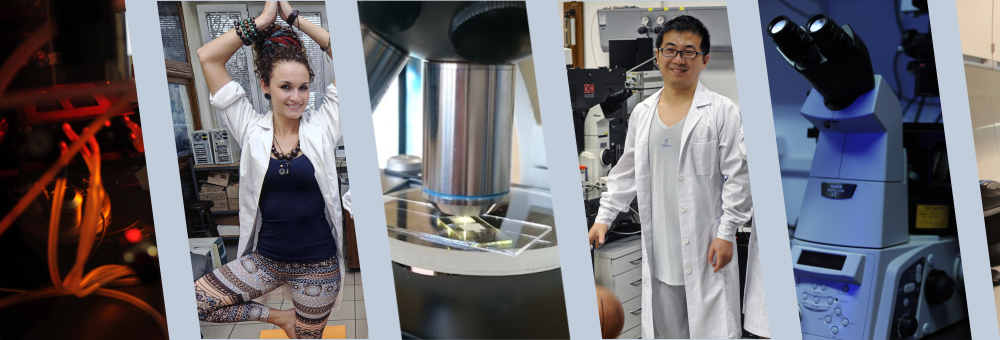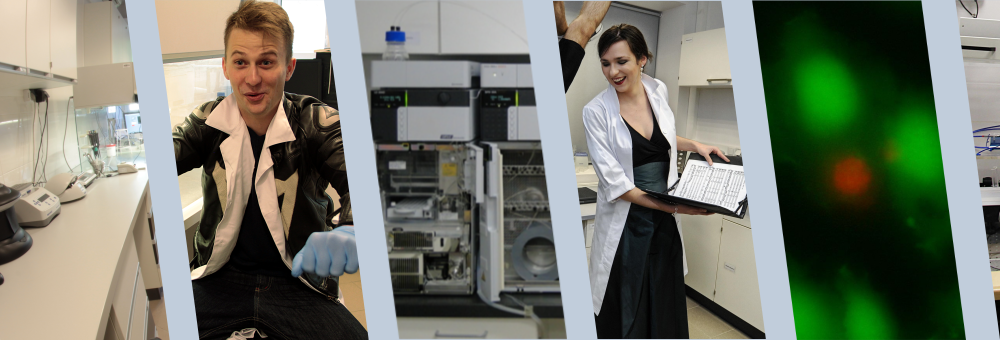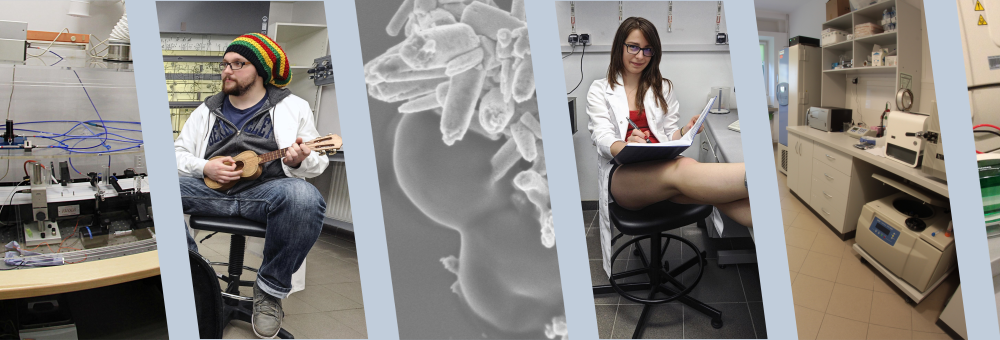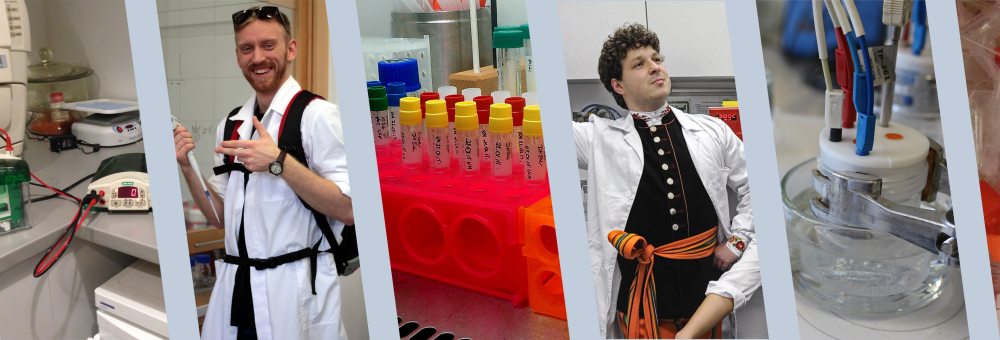Publication
Coupling between meniscus and smectic-A films: Circular and catenoid profiles, induced stress, and dislocation dynamics
Author(s): Picano, F and Holyst, R and Oswald, P
Title: Coupling between meniscus and smectic-A films: Circular and catenoid profiles, induced stress, and dislocation dynamics
Abstract: In this paper we discuss the formation and shape of the meniscus between free-standing film of a smectic-ii phase and a wall tin practice the that supports the film). The wall may be flat or circular, and the with or without a reservoir of particles. The formation of the is always an irreversible thermodynamic process, since it the creation of dislocations in the bulk (therefore it involves The four basic shapes of meniscus discussed are the exponential, algebraic (x(3/2)), circular, and catenoid. principal regions of the whole meniscus must be distinguished: to the wall with a high density of dislocations, away from the with medium density of dislocations, and far from the wall (i.e., to the film) with a low density of dislocations (vicinal regime). region with medium density of dislocations is observable using a and is determined by the competition between surface energy of dislocations, and pressure difference set by the mass the meniscus or by the reservoir, Its profile is circular as observed recent experiments [}J.-C. Geminard, R. Holyst, and P. Oswald, Phys. Lett. 78, 1924 (1997)]. By contrast, the vicinal regime with low of dislocations is never observable with an optical microscope. the regime with a high density of dislocations, the reasons why the tend to gather by forming giant dislocations and rows of conics are discussed. Finally, we discuss the stability of a film with respect to the formation of a dislocation loop. We experimentally that the critical radius of the loop is proportional the curvature radius of the meniscus iii its circular part, in with the theory. In addition,we show that the mobility of edge measured in thick films is in agreement with that found in samples from a creep experiment. This result confirms again our model of the meniscus.
Pages: 3747-3757
Journal: PHYSICAL REVIEW E
Volume: 62
ID: ISI:000089447000009
Year: 2000
DOI: 10.1103/PhysRevE.62.3747









